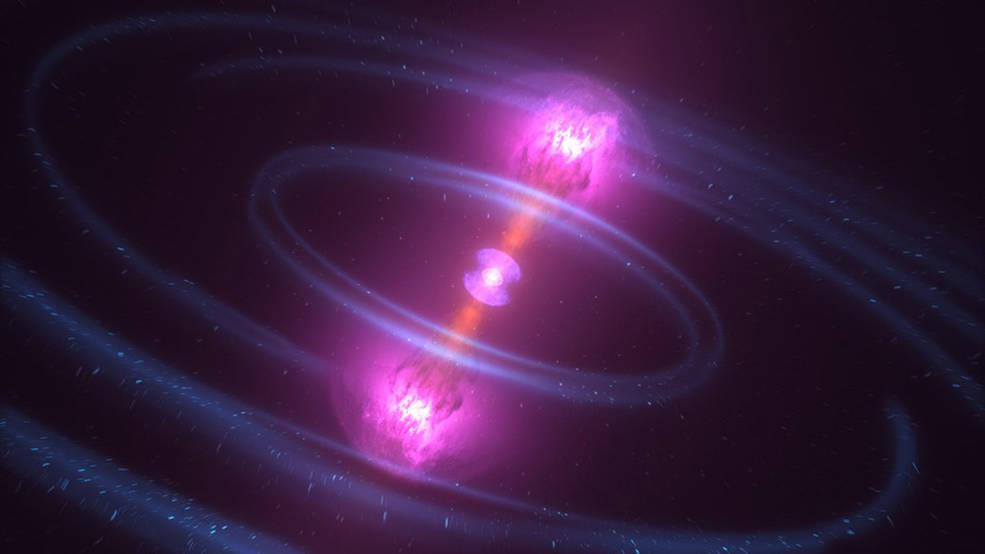The star HD 65907 is not what it appears to be. It’s a star that looks young, but on closer inspection is actually much, much older. What’s going on? Research suggests that it is a resurrected star.
Continue reading “The Mysterious Case of the Resurrected Star”Afghanistan Students for the International Olympiad in Astronomy & Astrophysics Need Your Help
The 16th International Olympiad on Astronomy and Astrophysics (IOAA) will be held this year in Silesia, Poland on August 10-20, 2023. 265 students from 53 countries will take part in this annual competition that challenges select high school students from around the world in astronomical science.
One group of student in particular stands out in overcoming incredible odds to qualify for participation in this event, and they need financial help to be able to attend. Student from Afghanistan have been restricted from publicly participating in science activities like astronomy due to the presence of the Taliban. Additionally, a majority of the students from Afghanistan who qualified to attend the IOAA are girls, and since the Taliban returned to power nearly two years ago, they have resumed pushing women and girls out of public life and out of schools.
Continue reading “Afghanistan Students for the International Olympiad in Astronomy & Astrophysics Need Your Help”Light Pollution is Out of Control
Concern over global light pollution is growing. Astronomers are noticing its growing effect on astronomical observations, just as predicted in prior decades. Our artificial light, much of which is not strictly necessary, is interfering with our science.
But there’s more than just scientific progress at stake. Can humanity afford to block out the opportunities for wonder, awe, and contemplation that the night sky provides?
Continue reading “Light Pollution is Out of Control”Bringing the Gift of Hope to Ukrainian Kids through Astronomy
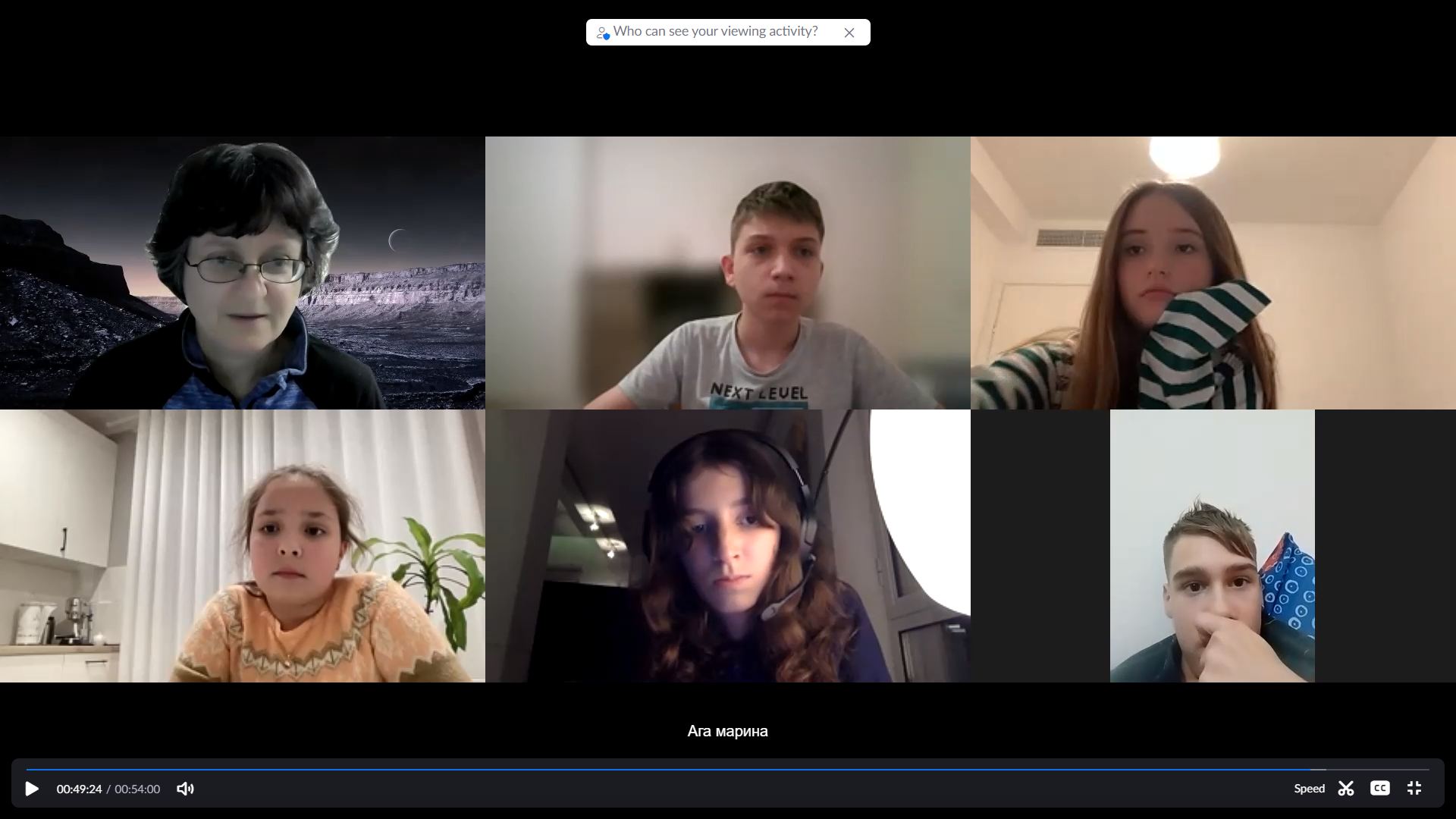
The war in Ukraine has taken a terrible toll, and the damage extends far from the shifting battle lines. In addition to the many soldiers and civilians who’ve died, over 2.5 million children have been displaced within the country. The war has also exacerbated the problems of orphaned children, who are especially vulnerable in urban areas where the fighting has been most intense. Ensuring these children and their families can get adequate food and medical care is always challenging. Ensuring they have access to education and counseling services so their lives are not severely interrupted is even more so.
But there’s also the need for inspiration and hope for the future, which becomes all the more important in times of war and displacement. This is the purpose of Earthlings Hub, a non-profit organization dedicated to bringing astronomy and science education to refugee and orphan children in Ukraine. Founded in 2022 by members of the Blue Marble Space Institute of Science (BMSIS), Earthlings Hub is made up of scientists, teachers, and psychologists working to provide students with access to scientific research, equipment, and an inquiry-based educational program that goes beyond the standard school curriculum.
Continue reading “Bringing the Gift of Hope to Ukrainian Kids through Astronomy”ESO is Using a New System to Allocate Telescope Time. It’s Working Well

Most astronomers know the struggle of getting time on the world’s most powerful telescopes. Even though this observing time might literally be the most important thing to their career prospects, there are always more studies than there is time available to perform them. Typically, each telescope system has a panel of experts that determine which proposals will get observational time and which won’t. However, the European Southern Observatory (ESO), based in Germany but with observational telescopes in Chile, decided to try a new proposal review method – peer review.
Continue reading “ESO is Using a New System to Allocate Telescope Time. It’s Working Well”Three Fast Radio Bursts Punched Right Through a Nearby Galaxy
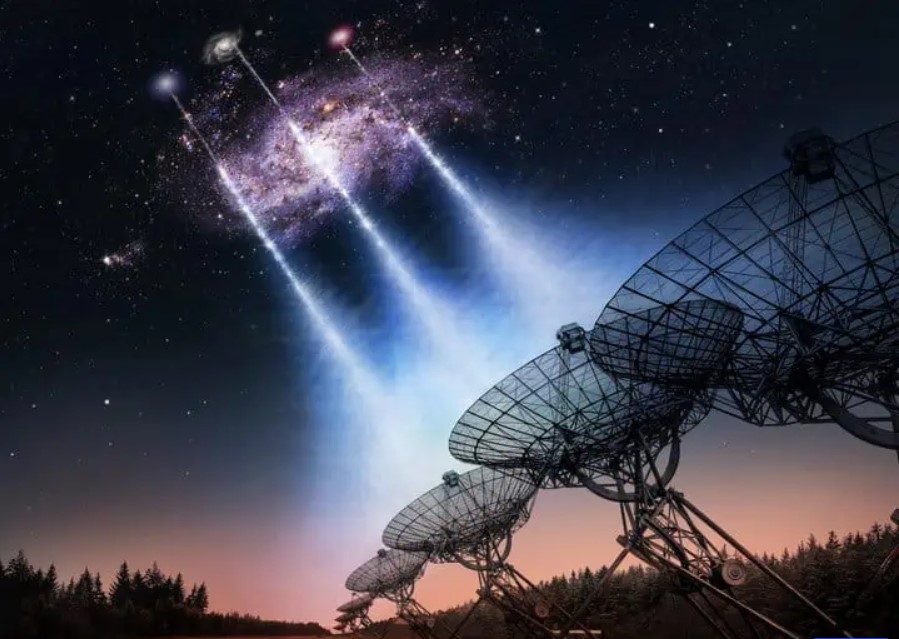
Fast Radio Bursts (FRBs) are cosmic mysteries that are slowly but surely revealing their secrets. These bright flashes of light are visible in the radio wave part of the spectrum and usually last only a few milliseconds before fading away forever. They come from random locations across the Universe and are so powerful that we can see them emanating from billions of light-years away.
Astronomers have used a newly upgraded radio telescope array to find five new FRBs and discovered that multiple bursts pierced right through the Triangulum Galaxy (M33). These brief flashes lit up the gas inside M33, allowing astronomers to calculate the maximum number of otherwise invisible atoms.
Continue reading “Three Fast Radio Bursts Punched Right Through a Nearby Galaxy”Artificial Intelligence Produces a Sharper Image of M87’s Big Black Hole

Astronomers have used machine learning to sharpen up the Event Horizon Telescope’s first picture of a black hole — an exercise that demonstrates the value of artificial intelligence for fine-tuning cosmic observations.
The image should guide scientists as they test their hypotheses about the behavior of black holes, and about the gravitational rules of the road under extreme conditions.
Continue reading “Artificial Intelligence Produces a Sharper Image of M87’s Big Black Hole”Hubble’s Orbit Has Dropped So Far that Starlink Satellites are Photobombing its Images

Astronomy is poised for another leap. In the next several years, major ground-based telescopes will come online, including the Extremely Large Telescope (ELT,) the Thirty Meter Telescope (TMT,) the Giant Magellan Telescope (GMT,) and the Vera Rubin Observatory. The combined power of these telescopes will help drive discovery in the next couple of decades.
But something threatens to undermine astronomical observing in the coming years: Starlink and other internet satellite constellations.
Now a group of astronomers have shown that even the Hubble can’t escape the satellite problem.
Continue reading “Hubble’s Orbit Has Dropped So Far that Starlink Satellites are Photobombing its Images”Magnetars are Extreme in Every Way, Even Their Volcanoes
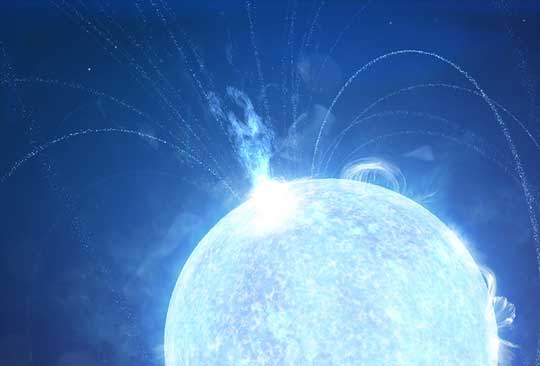
In a recent study published in Nature Astronomy, an international team of researchers led by NASA and The George Washington University examined data from an October 2020 detection of what’s known as a “large spin-down glitch event”, also known as an “anti-glitch”, from a type of neutron star known as a magnetar called SGR 1935+2154 and located approximately 30,000 light-years from Earth, with SGR standing for soft gamma repeaters. Such events occur when the magnetar experiences a sudden decrease in its rotation rate, which in this case was followed by three types of radio bursts known as extragalactic fast radio bursts (FRBs) and then pulsed radio emissions for one month straight after the initial rotation rate decrease.
Continue reading “Magnetars are Extreme in Every Way, Even Their Volcanoes”Many of the World’s Greatest Observatories Suffer from Some Light Pollution
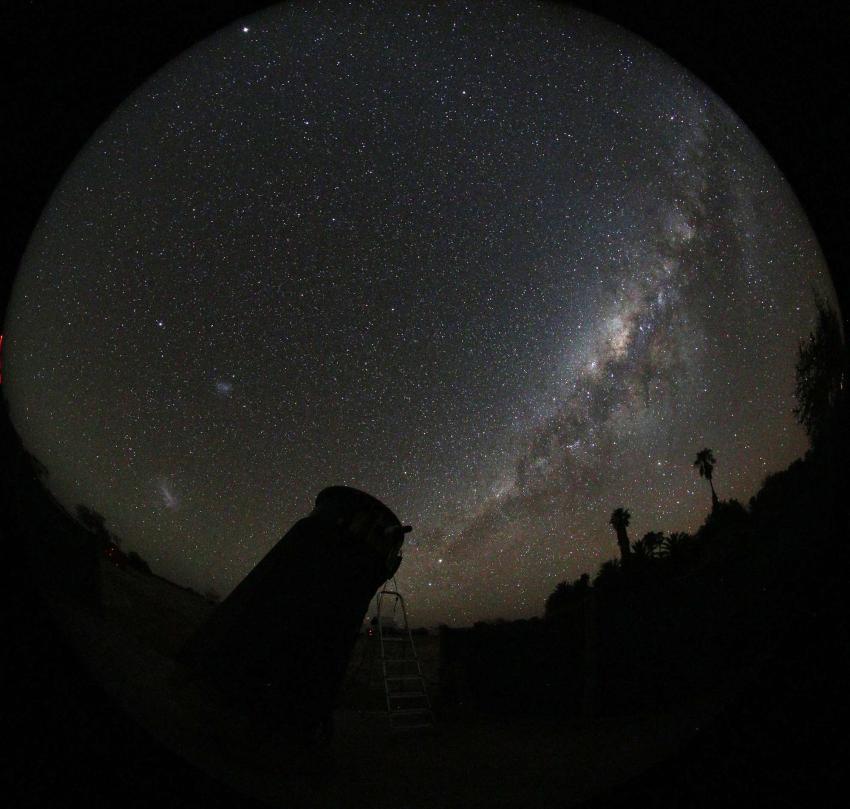
In a recent study published in the Monthly Notices of the Royal Astronomical Society, an international team of researchers examined the levels of light pollution at astronomical observatories from around the world to better understand how artificial light is impacting night sky observations in hopes of taking steps to reduce it. But how important is it to preserve the scientific productivity of astronomical observatories from the dangers of light pollution, as noted in the study’s opening statement?
Continue reading “Many of the World’s Greatest Observatories Suffer from Some Light Pollution”
